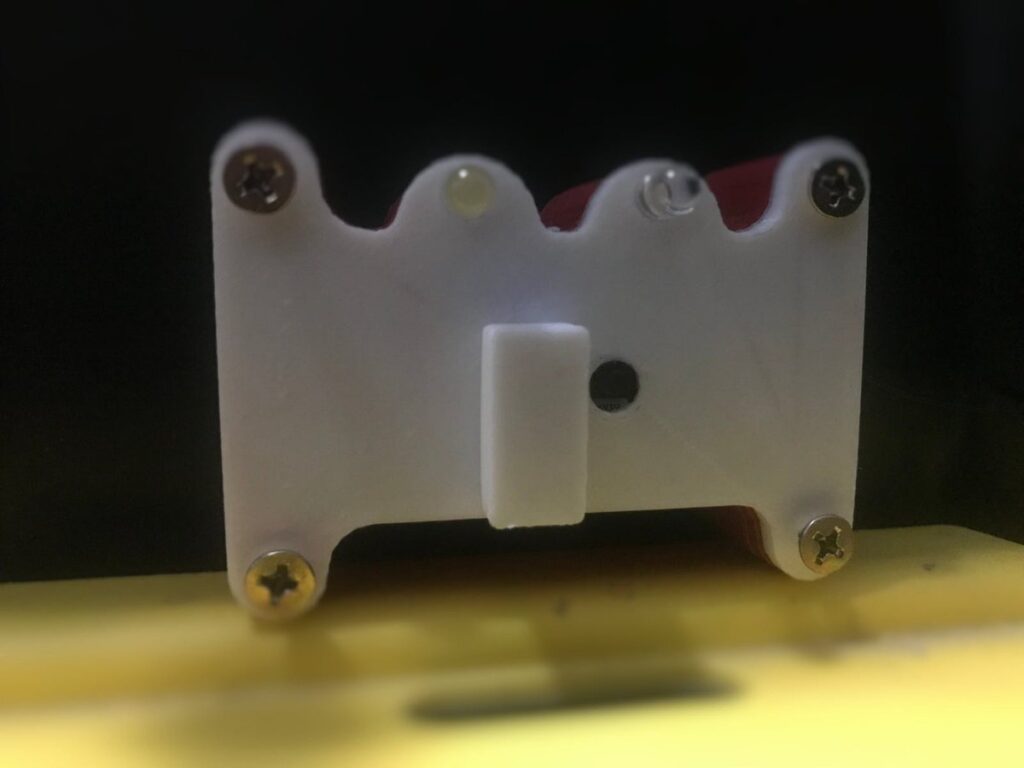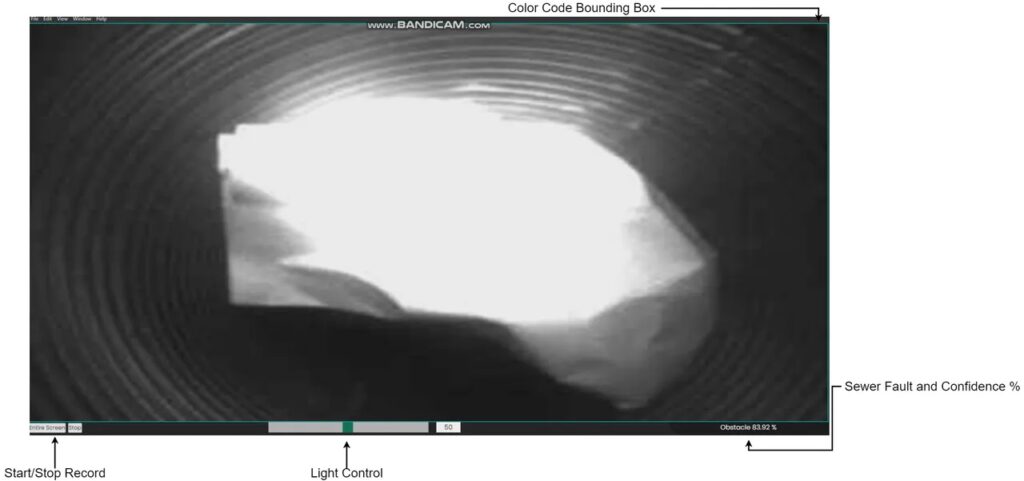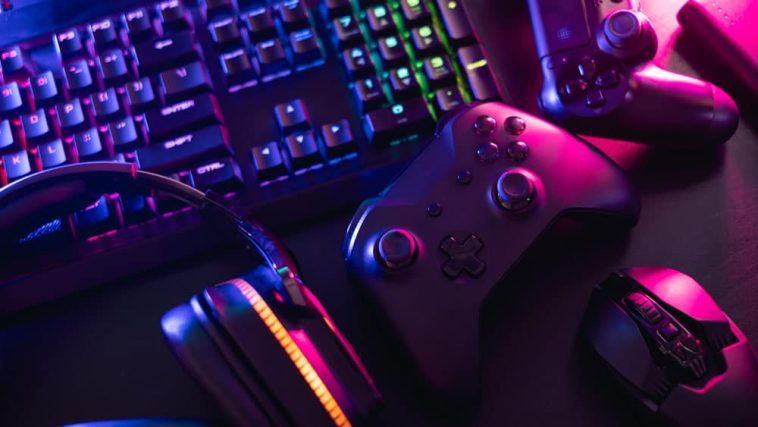— September 17th, 2021

We all interact with the sewer system at multiple points throughout the day, and having it fail can lead to catastrophic results. Every year in the United States alone, an estimated 23,000 to 75,000 sewer pipe failures are reported, which means billions of gallons of untreated and hazardous waste is released into the environment. But rather than having a person constantly inspect the system on location, Huy Mai came up with a way to use computer vision in conjunction with embedded machine learning to automatically detect when a defect has occurred.
The device, which Huy calls TinySewer, is comprised of an Arduino Portena H7 and Portenta Vision Shield – LoRa. This combination allows for data to be streamed wirelessly to a cloud service for later review. Huy designed TinySewer to be a low-cost, add-on module that can be easily integrated into existing robotic systems or sewer inspection tools.

TinySewer also implements a model trained with Edge Impulse that can detect four common types of pipe problems: cracks, root intrusion, obstructions, and displacement. With this feature, a fault in a pipe can be reported to a central IoT hub in nearly real-time.
Finally, the Portena H7 can enter a sleep mode where it saves enough power to run off a single 5V, 2.4A battery for an extended period.
To read more about the TinySewer project, you can visit Huy’s write-up here. A demo of it in action can be seen below.
Website: LINK


